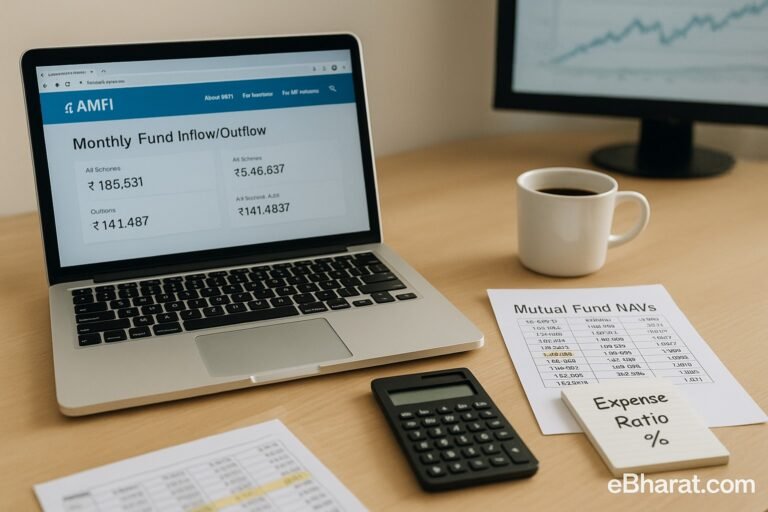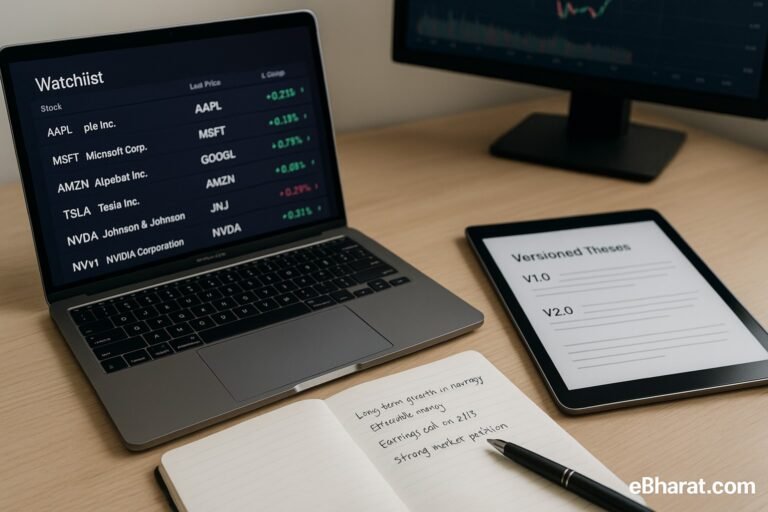
If you want exposure to Government of India debt, you have two popular routes:
- Gilt Funds (debt mutual funds that hold central/state government securities), and
- Direct G-Secs (you buy the government bonds yourself via RBI Retail Direct or your broker).
Both are backed by the sovereign for credit safety, but they differ on interest-rate risk, liquidity, cash-flow, taxes, and operational effort. This guide helps you pick what fits your goal.
Who Should Pick What?
- Pick Gilt Funds if you want hands-off management, SIP/STP, and instant diversification across maturities — but you’re okay with NAV volatility and expense ratio.
- Pick Direct G-Secs if you want known cash-flows (coupon + maturity amount), the ability to hold to maturity, and no fund expense — but you’re okay to place bids, track auctions/secondary prices, and handle bond-specific liquidity.
| Aspect | Gilt Funds | Direct G‑Secs |
|---|---|---|
| How you invest | Buy mutual fund units (lumpsum, SIP, STP) | Buy bonds via RBI Retail Direct or broker app |
| Portfolio | Basket of G‑Secs managed by a fund manager | Specific bonds you select (tenor, coupon) |
| Return pattern | NAV moves with rates; no fixed maturity for open‑ended funds | Coupon income + par value at maturity if held |
| Rate sensitivity | Can be high (esp. constant maturity & long duration) | Marked‑to‑market if you trade; none if you hold to maturity |
| Liquidity | T+2 fund redemption (subject to exit loads if any) | Secondary market liquidity varies; maturity gives natural exit |
| Costs | Expense ratio applies | No fund expense; brokerage & spread possible |
| Tax (resident individuals) | Mutual fund rules (debt MF taxation); check current slab rules | Coupon taxed at slab; capital gains per holding‑period rules |
| Operational ease | Very easy; auto‑reinvest via SIP | Moderate; choose bonds, bid & settle, track payouts |
| Use‑case fit | Core debt allocation with professional management | Lock‑in known cash‑flows, laddering to match goals |
Deeper Dive
A) Returns & Interest-Rate Risk
- Gilt Funds: Their NAV jumps when yields fall (prices rise) and dips when yields rise. Duration matters — long-duration or constant maturity (10Y) funds swing more. Useful if you want active duration exposure without selecting individual bonds.
- Direct G-Secs: If you hold to maturity, you largely sidestep interim price moves and realize the YTM locked at purchase (ignoring reinvestment risk on coupons). If you sell early, price depends on then-prevailing yields.
B) Cash-Flows & Planning
- Gilt Funds: No fixed maturity; income usually via SWP or NAV appreciation over time.
- Direct G-Secs: Predictable coupon schedule plus face value at maturity — helpful for matching goal dates (laddering: 1–3–5–7–10 years, etc.).
C) Liquidity & Costs
- Gilt Funds: Easy redemption; check exit load (many are nil). You pay an expense ratio.
- Direct G-Secs: No fund expense, but secondary-market spreads and brokerage (if using a broker) apply. Liquidity is improving but can vary by specific ISIN and tenor.
D) Taxes (High-Level)
- Gilt Funds (Debt MF): Tax rules for debt mutual funds apply (check current FY rules).
- Direct G-Secs: Coupon = income taxed at slab; capital gains depend on holding period and instrument type. (For exact slabs/indexation updates, always check current rules or consult a tax advisor.)
Practical Portfolios
- Hands-Off Core Debt → Use short / dynamic / constant-maturity gilt funds via SIP; rebalance annually.
- Goal-Matched Income → Build a G-Sec ladder (e.g., maturities that align with school fees or house down-payment).
- Hybrid Approach → Keep a gilt fund core; add a few direct G-Secs you’re comfortable holding to maturity for known cash-flows.
If you want simplicity and diversification, start with gilt funds. If you want certainty of cash-flows and are okay managing bond purchases and holding to maturity, add direct G-Secs (or build a ladder). Many Indian investors use both.
Start Your Government Bond Allocation
Compare top gilt funds and learn how to buy G-Secs directly (RBI Retail Direct or broker apps).













